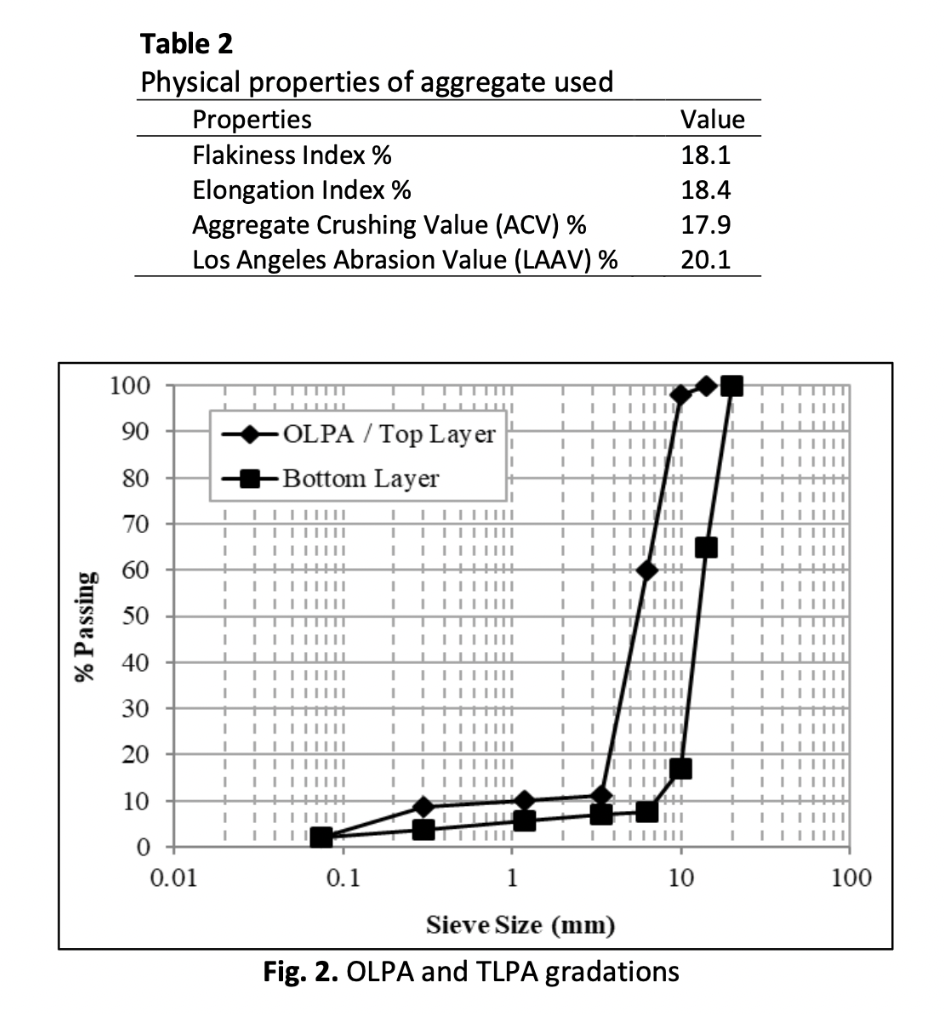Evaluation of Fracture Properties of One and Two-Layer Porous Asphalt Subjected to Clogging
DOI:
https://doi.org/10.37934/araset.29.1.4561Keywords:
Semi-circular bending, Clogging, fracture, Porous asphalt, ANOVAAbstract
An important requirement for asphalt mixtures is its fracture resistance that would influence the service life, maintenance and management of the pavement networks. Clogging may affect the fracture resistance of porous asphalts. In this paper, One-layer and Two-layer porous asphalt specimens were fabricated using conventional and modified binders. Specimens were conditioned under laboratory-simulative clogging process at different temperatures. The semi-circular bending test was used to characterize the fracture resistance of porous asphalts subjected to these clogging procedures. One-way ANOVA and general linear model were applied to analyse the test results statistically. The analyses indicated that clogging significantly affects fracture toughness, maximum load, and displacement of porous asphalts. In addition, mix type (One and Two-layer porous asphalt) and asphalt binder type have significant effects on the fracture resistance.Downloads

Downloads
Published
2022-12-29
How to Cite
Babak Golchin, Noor Halizah Abdullah, Meor Othman Hamzah, & Ahmad Shukri Yahaya. (2022). Evaluation of Fracture Properties of One and Two-Layer Porous Asphalt Subjected to Clogging. Journal of Advanced Research in Applied Sciences and Engineering Technology, 29(1), 46–61. https://doi.org/10.37934/araset.29.1.4561
Issue
Section
Articles




























